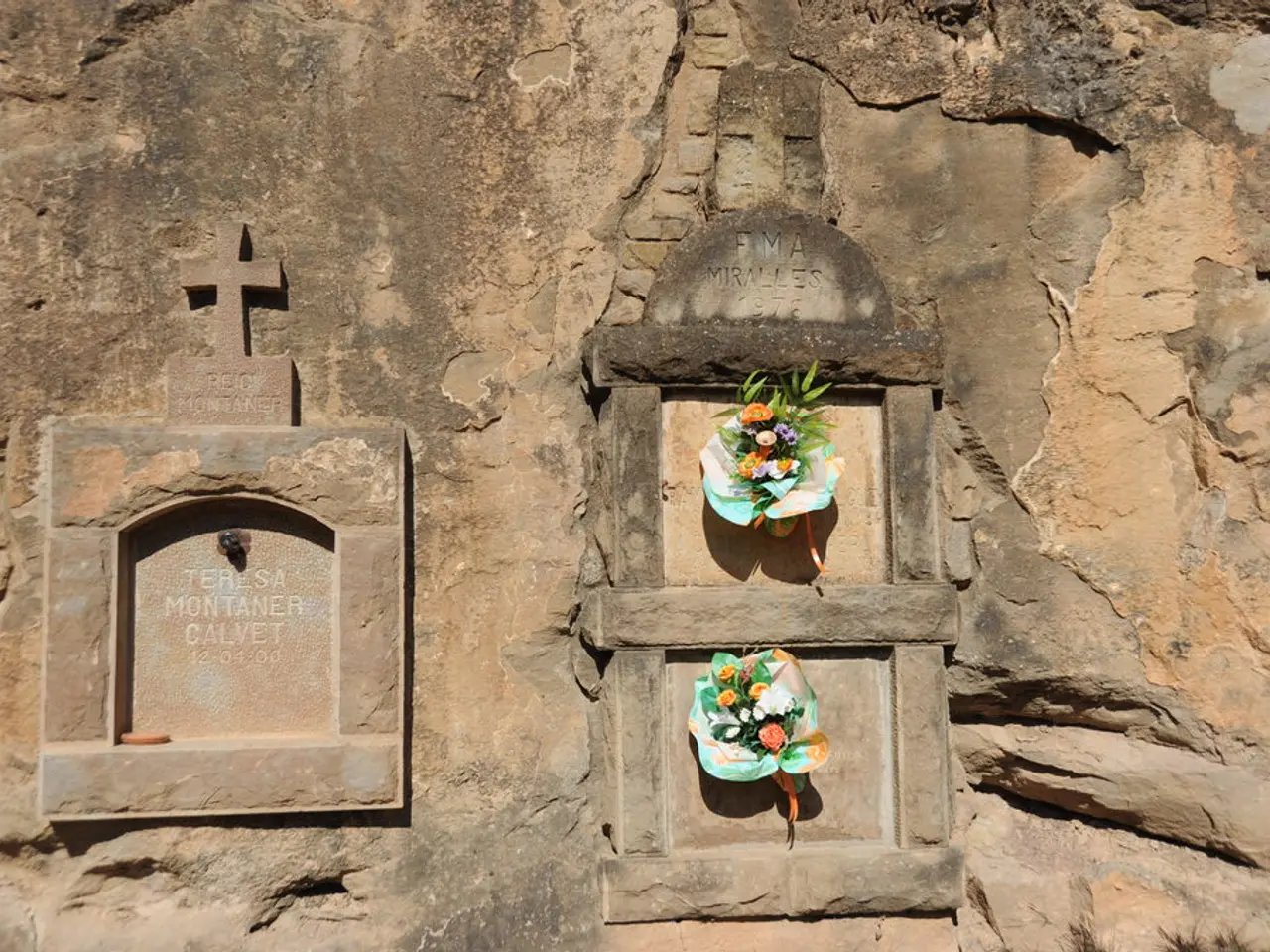Chronicle of Mont Saint-Michel: Witnessing Epochs Past
**Mont Saint-Michel: A Living Testament to Faith, Resilience, and Human Ingenuity**
Located off the coast of Normandy, France, Mont Saint-Michel stands as a testament to the power of faith, resilience, and human ingenuity. This historic site, known as Mont Saint-Michel au péril de la Mer (Mont Saint-Michel at the peril of the sea), is one of Europe's most iconic landmarks, combining stunning natural beauty with a rich history that spans over a thousand years.
## **A Spiritual Beginning**
The story of Mont Saint-Michel began with a dream experienced by Bishop Aubert of Avranches in 708 AD. According to legend, the Archangel Michael appeared to him, instructing him to build a sanctuary on the rocky islet that rises with the tide. This humble church marked the beginning of Mont Saint-Michel's importance as a place of worship and pilgrimage.
## **Architectural Masterpiece**
Over the centuries, Mont Saint-Michel grew from a simple chapel to a grand abbey, reflecting the influence of the Norman dukes who supported its development. The Mont Saint-Michel Abbey is a masterpiece of Norman architecture, featuring majestic halls, fascinating crypts, and breathtaking panoramic views. The abbey serves as a living testament to the blend of faith and artistry that characterised the Middle Ages.
## **Historical Stronghold**
Mont Saint-Michel has played a significant role in history, particularly as a stronghold during the Middle Ages. Its unique position, surrounded by shifting tides and quicksand, made it nearly impenetrable, making it a strategic location during the Hundred Years' War. In the 10th century, William I, Duke of Normandy, took control of Mont Saint-Michel, marking its integration into Normandy.
During times of war, the monks and villagers of Mont Saint-Michel worked together to defend their home. The abbey's defenses included walls and fortifications built over time, making it a formidable stronghold. Mont Saint-Michel became a symbol of French resistance during wars, withstanding various tests of time and war.
## **Cultural and Intellectual Hub**
During the Middle Ages, the abbey at Mont Saint-Michel became a center of intellectual and spiritual life. Scholars and pilgrims flocked to the abbey, contributing to its growth and development. The abbey's library, established in the 11th century, became one of the most significant in Europe, housing thousands of manuscripts and texts.
## **Modern Recognition**
Today, Mont Saint-Michel is recognised as a UNESCO World Heritage Site, a designation it received in 1979. This recognition underscores its cultural and historical importance, ensuring its preservation for future generations.
In the 20th century, Mont Saint-Michel remained a symbol of hope, particularly during World War II. The abbey served as a secret meeting place for the French Resistance, playing a crucial role in the country's fight for freedom.
Each stone, each corner, each view at Mont Saint-Michel tells a unique story. There is a secret passage within the abbey used by the monks during times of siege, adding to the site's mystique and allure.
Mont Saint-Michel, with its rich history, stunning architecture, and natural beauty, continues to captivate visitors from around the world, offering a glimpse into the past and a reminder of the power of faith, resilience, and human ingenuity.
The historically significant Mont Saint-Michel, a symbol of French resistance during wars, also played a crucial role in geopolitics, serving as a strategic stronghold during times of war-and-conflicts, particularly during the Hundred Years' War. Moreover, its influence extends beyond its physical boundaries, with the Mont Saint-Michel Abbey becoming a cultural and intellectual hub during the Middle Ages, attracting scholars and pilgrims who contributed to its growth and development in politics, general-news, and religious affairs.






